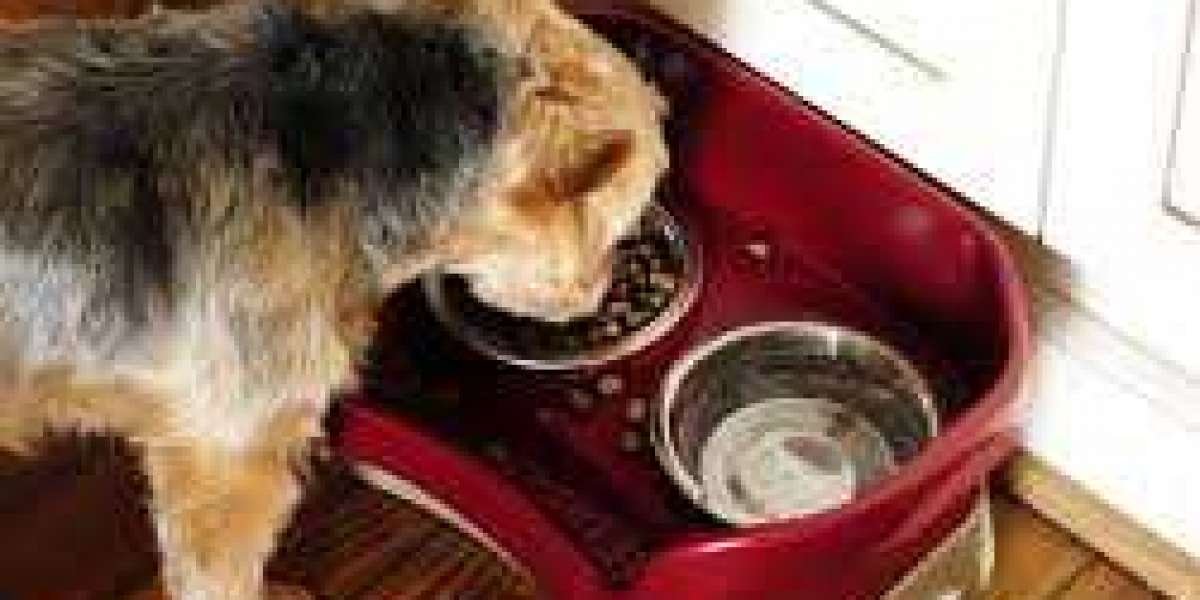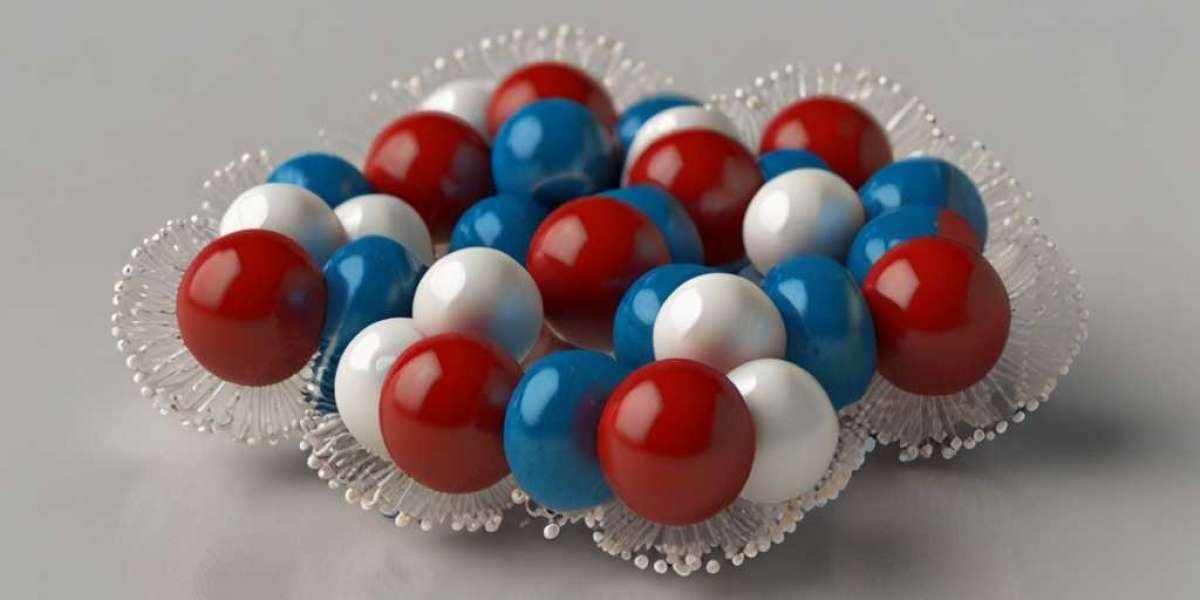When it comes to caring for our beloved canine companions, every detail matters, right down to their dinnerware. Dog bowls might seem like a straightforward purchase, but the variety available can be overwhelming. Here’s everything you need to know to choose the perfect bowl for your furry friend.
Material Matters
Dog bowls come in various materials, each with its own set of pros and cons:
Stainless Steel: Known for durability and ease of cleaning, stainless steel bowls are resistant to bacteria and are usually dishwasher safe. They are also chew-proof, making them suitable for enthusiastic eaters.
Plastic: Affordable and lightweight, plastic bowls come in a range of colors and designs. However, they can scratch easily, harboring bacteria in those scratches, and may not be as durable as other materials.
Ceramic: These bowls are stylish and come in decorative designs. They are generally heavier, which prevents tipping, but they can chip or break if dropped. Ensure the glaze is food-grade and lead-free.
Silicone: Flexible, collapsible silicone bowls are great for travel or outdoor use. They are easy to clean and store but may not be as durable as other materials.
Size and Capacity
Choosing the right size bowl depends on your dog's breed and size. Here are some guidelines:
- Small Breeds: Opt for smaller, shallow bowls to prevent discomfort while eating or drinking.
- Large Breeds: Larger dogs need bowls with more capacity to accommodate their food and water requirements.
- Adjustable Bowls: Some bowls come with adjustable height or capacity, making them versatile for growing puppies or multi-dog households.
Special Considerations
Consider your dog’s specific needs and habits:
- Elevated Bowls: These are raised off the ground and can be more comfortable for older dogs or those with joint issues.
- Anti-Skid Features: Look for bowls with rubber bases to prevent sliding and tipping, especially if your dog is energetic during mealtime.
- Easy to Clean: Opt for bowls that are dishwasher safe or have smooth, easily washable surfaces to maintain hygiene.
Hygiene and Maintenance
Maintaining your dog’s bowl cleanliness is crucial for their health:
- Regular Cleaning: Wash bowls daily to prevent bacteria buildup and odor.
- Replace Damaged Bowls: Inspect bowls regularly for cracks, scratches, or signs of wear that could harbor bacteria.
Conclusion
Choosing the right dog bowl involves considering your dog’s size, habits, and your lifestyle. Whether you opt for stainless steel for its durability, ceramic for its style, or silicone for its portability, prioritize hygiene and functionality to ensure your furry friend enjoys their meals comfortably and safely. With the right bowl, mealtime becomes not just a necessity, but a delightful part of your dog’s day.



